The editor of the journal Food and Chemical Toxicology (FCT), Dr A. Wallace Hayes, has decided to retract the study by the team of Prof Gilles-Eric Séralini, which found that rats fed a Monsanto genetically modified (GM) maize NK603 and tiny amounts of the Roundup herbicide it is grown with suffered severe toxic effects, including kidney and liver damage and increased rates of tumours and mortality.[1]
GMWatch believes FCT’s retraction of Prof Séralini’s paper to be illicit, unscientific, and unethical. It violates the guidelines for retractions in scientific publishing set out by the Committee on Publication Ethics (COPE),[2] of which FCT is a member.[3]
By Claire Robinson (Managing Editor of GMO Seralini)
COPE guidelines state that the only grounds for a journal to retract a paper are:
•Clear evidence that the findings are unreliable due to misconduct (eg data fabrication) or honest error
•Plagiarism or redundant publication
•Unethical research.
Prof Séralini’s paper does not meet any of these criteria and Hayes admits as much. In his letter informing Prof Séralini of his decision (available at: http://www.gmwatch.org/index.
Hayes states that the retraction is solely based on the “inconclusive” nature of the findings on tumours and mortality, given the relatively low number of rats used and the choice of rat strain, which Hayes says naturally has a “high incidence of tumours”.
Crucially, however, inconclusiveness of findings is not a valid ground for retraction. Numerous published scientific papers contain inconclusive findings, which are often mixed in with findings that can be presented with more certainty. It is for future researchers to build on the findings and refine scientific understanding of any uncertainties.
It is important that scientists do not overstate their findings or draw conclusions that are not justified by the data, but Prof Séralini’s paper does not do this. Because Prof Séralini’s study was a chronic toxicity study and not a full-scale carcinogenicity study, which normally requires larger numbers of rats, he conservatively did not do a statistical analysis of the tumours and mortality findings. Instead he simply reported them, without drawing definitive conclusions. This is in line with the OECD chronic toxicity protocol, which requires that any “lesions” (including tumours) observed are recorded.[4]
The criticisms of the low number of rats and choice of rat strain have been addressed by Prof Séralini’s team in a comprehensive response to critics that was published in FCT,[5] as well as by independent scientists writing in support of the study.[6]
Experts in statistics writing in support of the study have pointed out that large numbers of animals are only required in safety studies to avoid false negative error, where a toxic effect exists but is missed because too few animals are used. In the case of Séralini’s study, this was not an issue. The toxic effects of the test substances were so pronounced (there was a “large effect size”) that smaller numbers of animals were sufficient for statistical significance.[7,8,9]
Regarding the Sprague-Dawley strain of rat that was used, all strains of rodents develop spontaneous tumours with age, as do humans. The fact that there is a low level of spontaneous tumour occurrence in the control group in Séralini’s study mimics the human condition. For this and other reasons, most toxicology studies use this strain of rat.
Hayes fails to address these responses and arguments in support of the study, raising questions about the expertise, balance, and objectivity of his anonymous review panel. In addition, the legitimate peer reviewers had previously considered these aspects of Séralini’s study and nevertheless decided that “the work still had merit” and should be published.
In a highly irregular process, Hayes now contradicts the outcome of the peer review and editorial process and decides to retract the paper over a year after it was published. His decision is not made on the basis of new data, but on a secret and non-transparent review by unnamed persons, who evidently do not feel able to stand behind their decision publicly or disclose any conflicts of interest they may have.
Hayes’ decision will tarnish the reputation of FCT and will increase public mistrust of science in general and genetically modified foods in particular.
The Goodman factor
Hayes’ decision to retract the paper follows FCT’s appointment of Richard E. Goodman, a former Monsanto scientist and an affiliate of the GMO industry-funded group, the International Life Sciences Institute, to the specially created post of associate editor for biotechnology at the journal, early this year.[10]
Goodman’s appointment in turn followed an orchestrated campaign by GMO supporters to persuade FCT to retract the study. Some critics even accused Prof Séralini of fraud, without presenting any evidence. Many of the critics had undeclared conflicts of interest with the GMO industry.[11]
After Goodman was installed, FCT withdrew a separate study by Brazilian researchers that also raised questions about GM crop safety. The study showed that Bt insecticidal toxins similar to those engineered into GM Bt crops were not broken down in digestion, as is claimed by the industry and regulators, but had toxic effects on the blood of mice. The Brazilian paper, like Prof Séralini’s, had been peer-reviewed and published by FCT prior to Goodman’s arrival. After Goodman’s arrival, the paper was withdrawn without explanation from FCT[12] – only to be immediately published in another journal.[13]
There is no proof that Goodman was responsible for the retraction of Prof Séralini’s study. But his appointment, coming so soon after the “Séralini affair”, along with FCT’s failure to list the interests of its editors, raises questions about corporate influence on the editorial board at the journal.
Notes
1. Séralini GE et al (2012) Long term toxicity of a Roundup herbicide and a Roundup-tolerant genetically modified maize. Food and Chemical Toxicology, 50(11): 4221-4231.
2. http://publicationethics.org/
3. http://publicationethics.org/
4. Organisation for Economic Cooperation and Development (OECD) (2009). OECD guideline no. 452 for the testing of chemicals: Chronic toxicity studies: Adopted 7 September 2009. http://bit.ly/LxJT1Z
5. Séralini GE et al (2013). Answers to critics: Why there is a long term toxicity due to NK603 Roundup-tolerant genetically modified maize and to a Roundup herbicide. Food and Chemical Toxicology 53: 461-468. http://www.ncbi.nlm.nih.gov/
6. http://gmoSéralini.org/faq-
7. Deheuvels P. Étude de Séralini sur les OGM: Pourquoi sa méthodologie est statistiquement bonne [Seralini study on GMOs: Why the methodology is statistically sound]. Le Nouvel Observateur. 9 October 2012. http://bit.ly/RtPivG
8. Saunders P. Excess cancers and deaths with GM feed: The stats stand up. Science in Society. 16 October 2012. http://www.i-sis.org.uk/
9. Deheuvels P. L’étude de Séralini sur les OGM, pomme de discorde à l’Académie des sciences [The Seralini GMO study – A bone of contention at the Academy of Sciences]. Le Nouvel Observateur. 19 October 2012. http://leplus.nouvelobs.com/
10. http://www.
11. http://www.spinwatch.org/
12. Mezzomo BP et al (2012). WITHDRAWN: Effects of oral administration of Bacillus thuringiensis as spore-crystal strains Cry1Aa, Cry1Ab, Cry1Ac or Cry2Aa on hematologic and genotoxic endpoints of Swiss albino mice. Food Chem Toxicol. http://www.ncbi.nlm.nih.gov/
13. Mezzomo BP et al. (2013). Hematotoxicity of Bacillus thuringiensis as spore-crystal strains Cry1Aa, Cry1Ab, Cry1Ac or Cry2Aa in Swiss albino mice. J Hematol Thromb Dis 1(1).




























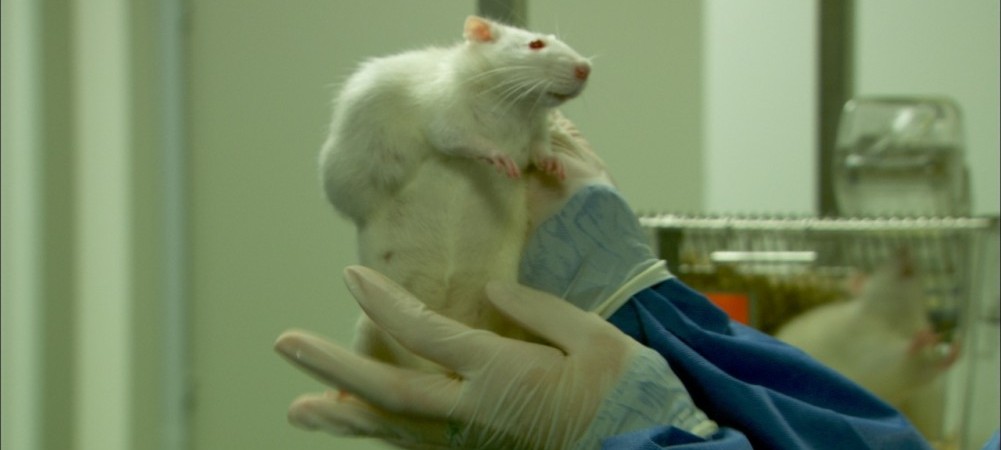

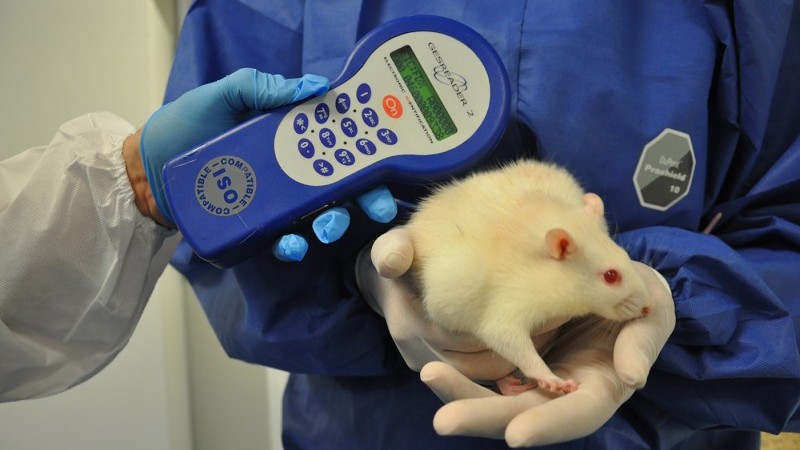

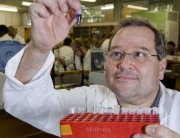












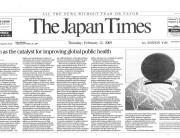













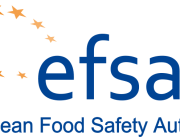

















You’ve just advanced the Non-GMO movement with this motion of yours. Brilliant! Thank you for the great awareness campaign you provide for people leaving GM foods! To toss a study away like this propels us further than you know….
There is no place on this planet for genetically modified foods, therefore I do not wish for nor do I want any GM foods to be sold in any of our supermarkets or any of our smaller stores throughout the United Kingdom
This has to be a spectacular own goal from the GMO industry and its acolytes. For the Editor to admit that (after intense scrutiny) they could find no evidence of fraud, lab malpractice or misinterpretation of results, and then to go for retraction on the basis that the results are “inconclusive” is ludicrous. ALL scientific results are inconclusive — that’s how science works. The biotech industry strategy is to own all of the GMO materials via patent enforcement, to own the scientists, and now to own the means of peer-reviewed publication…… when are the politicians going to wake up to what is going on?
The politicians are similarly owned by the GM industry.
I wonder if Hayes’ decision to retract the paper had anything to do with the FCT’s appointment of Richard E. Goodman (a former Monsanto scientist and an affiliate of the GMO industry-funded group, the International Life Sciences Institute), to the specially created post of associate editor for biotechnology at the journal, early this year? Hmmm Dodgy for sure
Hayes’ decision to retract the paper follows FCT’s appointment of Richard E. Goodman, a former Monsanto scientist and an affiliate of the GMO industry-funded group, the International Life Sciences Institute, to the specially created post of associate editor for biotechnology at the journal, early this year.[10]
It looks like Monsanto is at it again!!!!
Please keep doing your research and if you can’t find an uncorrupted journal to publish in, get it out to us on the web. We are here, we need your brilliant minds working FOR us and the future of not only our health but the planet. I know the Emperor has no clothes and I know that all studies done to date that conclude there is no harm to people and animals from consuming GMOs are WRONG! They are wrong because I GET SICK! I was duped into consuming GMO corn and had a horribly painful intestinal reaction. I had an allergic reaction in my BLOOD from GMO soy. I do not have any negative reactions to conventional or organic corn and soy. I am not willing to poison myself again to ‘prove’ GMOs are poison so I am counting on ethical scientists like your team to properly set up and conduct those studies on my behalf. Please keep up the fight for us. Thank you.
Great! Now things are Quite clear. Elsevier = Monsanto.
Did you see the recent Scientific American special edition on food? The editorial was just a repeat of all the arguments against GMO labeling, including that Americans are too stupid to think for themselves and will believe all the false and hysterical propaganda about the dangers of GMOs and it will destroy a much needed biotechnology that is saving the human race. Scientific American=Monsanto. Here in Washington we just went through a GMO labeling initiative and it was very eye-opening to see the breadth and depth of the biotech industry’s reach in our society. The best we can do at this point is self-education and just choose carefully what we buy.
It certainly seems as though the retraction was unwarranted. Rather, the difference in interpretation should have been handled like the Nature paper on the harmful effects of Bt protein on Monarch butterfly larvae…gather scientists/stakeholders on both sides of the issue together, design the appropriate experiments to address the hypothesis adequately, perform the experiments and publish them in a top tier scientific journal. (PNAS in the Bt/Monarch case.) In this case, with the “problems” being only number and type of rats, designing the appropriate experiments would be trivial.
The answer to controversial science is more science, not political retractions.
Will the editor also be retracting the 3 papers from Monsanto and other authors who published results of similar experiments in FCT in 2004 and 2006 which claimed the GMO corn to be safe? These authors used exactly the same strain of rat as Seralini, they used the same number of rats per group but only looked at effects over a 90 day period rather than 2+ years of the Seralini study. Surely these results are just as inconclusive (even more so because of the very short time-scale of the studies) as Seralini’s study? These 90 day studies were used as “proof” that the GMO’s were safe.
Having worked on the California campaign to label foods with GMO ingredients, I read an enormous amount to fully understand the issue. Most curious was the legal decision Monsanto obtained: Because GMO foods “are substantially similar” to organics, there should be no need for special limitations, no FDA or food labeling required. BUT, they insisted on the ability to copyright their seeds because the are “unique”. How and why was this completely duplicitous argument allowed?
And, after years of intestinal problems doctors didn’t understand, a non-GMO diet has restored me to health.
I have to say that my gut feeling is that any study that does not find in favor of the chemical industries making more profit that they will do all they can to discredit that study anything that would hinders their sales.
It matters not who created the study! if the results do not favor them it will be attacked from every venue they have access to.
its very simple they want full control of the Entire planets food supply and the revenues that would generate and the simple POWER it would create for them having such control !!!
the greedy megalomaniacs.